How to Pick Perfect Fruit Every Time: A Pro’s Unofficial Guide
My first real job was sorting peaches in a sweltering packing shed. Ten hours a day, I learned the subtle art of telling a perfect, juicy freestone from a bruised, disappointing cling. The old pro who trained me didn’t rely on charts; he taught me to use my hands, my nose, and even my ears. He’d tap a peach and listen for a specific thud, convinced that a fruit’s whole story was written right on its skin. After years in the produce world, from tiny farms to massive distributors, I can tell you he was absolutely right. Bringing home a bag of bland, mealy fruit is just a huge letdown and a waste of money.
In this article
So, let’s get you picking produce like a pro. The goal isn’t just to buy fruit—it’s to buy fruit at its absolute peak. This guide is everything I’ve learned, designed to help you trust your own senses and walk out of any market with the best of the best.
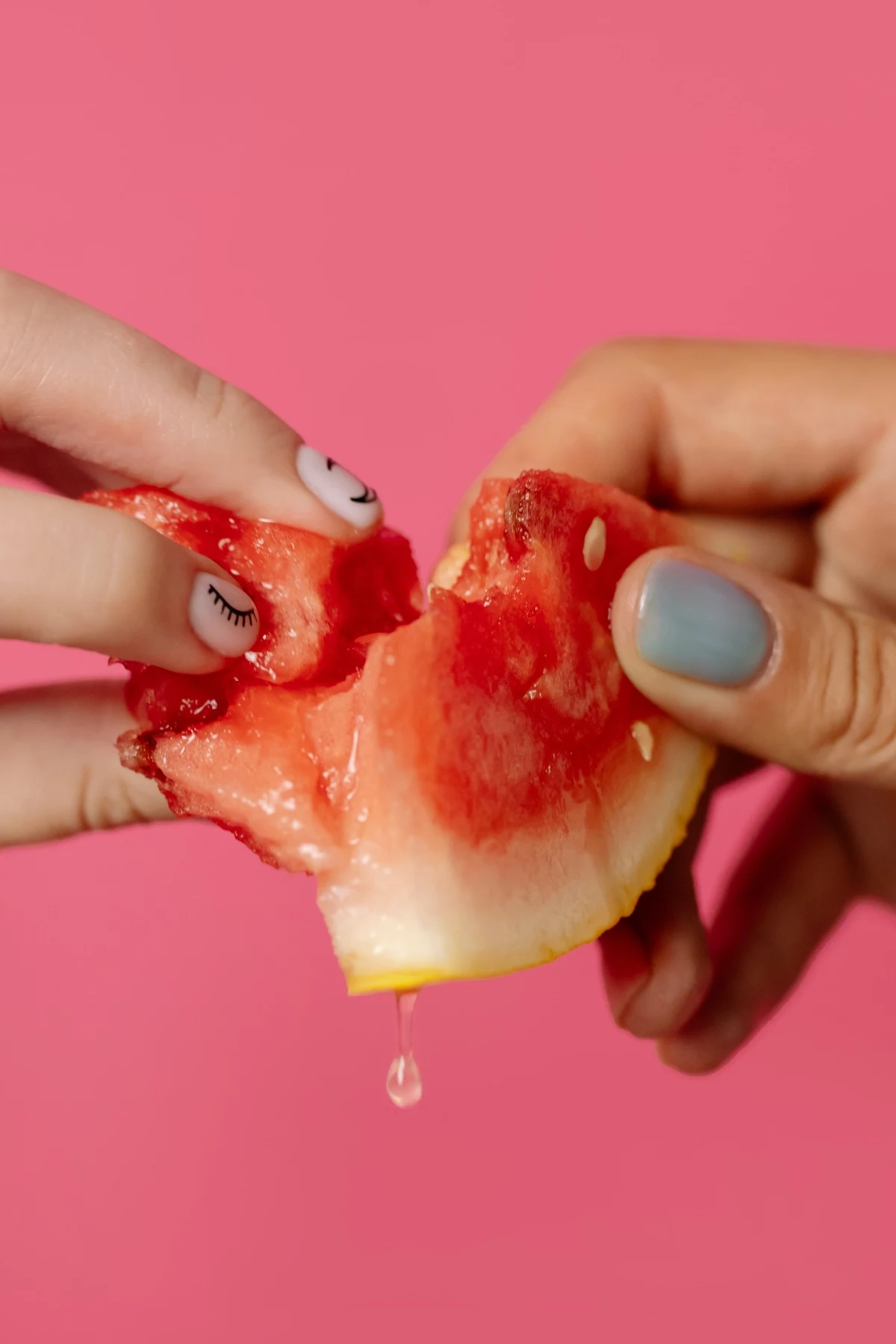
First Things First: The Ripening Game
Before you even touch a piece of fruit, you need to know its game plan. Does it get better on your counter, or is it as good as it’s ever going to get right there in the store? This all comes down to a natural gas called ethylene.
Some fruits are what we in the business call climacteric. They keep ripening after being picked, releasing ethylene gas to get the job done. This is great news for you!
- Ripen These at Home: Peaches, Pears, Avocados, Bananas, Nectarines, Plums, and Cantaloupe.
Then you have the non-climacteric fruits. They’re picked ripe and that’s it—they won’t get any sweeter. They might get softer, but they won’t gain any more flavor. For these, your choice at the store is final.
- Buy These Ready-to-Eat: Berries (all kinds), Grapes, Cherries, Citrus (oranges, lemons, etc.), Pineapple, and Watermelon.
Knowing this distinction is honestly half the battle. Now you know which fruits to buy ahead of time and which ones you need to be perfect at the moment of purchase.
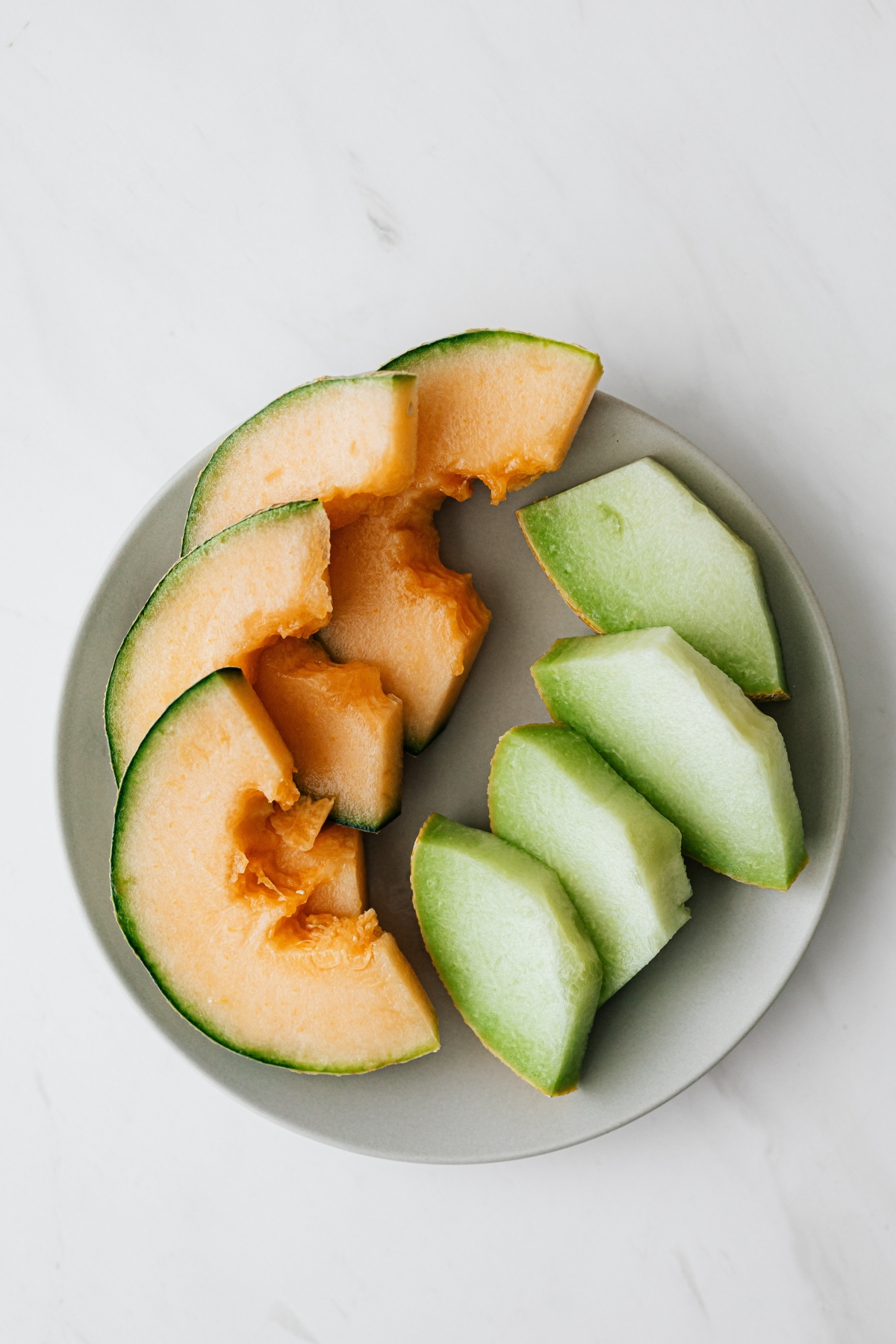
Your Built-In Toolkit: Using Your Senses
Forget fancy gadgets. The best tools for picking fruit are the ones you already have. You just have to learn how to use them.
Sight: Look for deep, uniform color. A pale or greenish tint on a peach’s background (not the red part) means it was picked too early. Avoid any obvious bruises, mold, or wrinkly skin—unless it’s a passion fruit, which actually gets wrinkly when it’s ripe. Oh, and by the way, don’t be fooled by a super glossy shine on an apple. That’s often just food-grade wax for shelf appeal, not a sign of freshness.
Smell: This is your direct line to flavor. A ripe fruit should smell like you want it to taste. A cantaloupe should be sweet and musky at the stem end. A pineapple should smell tropical at its base. If you smell nothing, you’ll probably taste nothing. If it smells funky or like vinegar, it’s already past its prime.
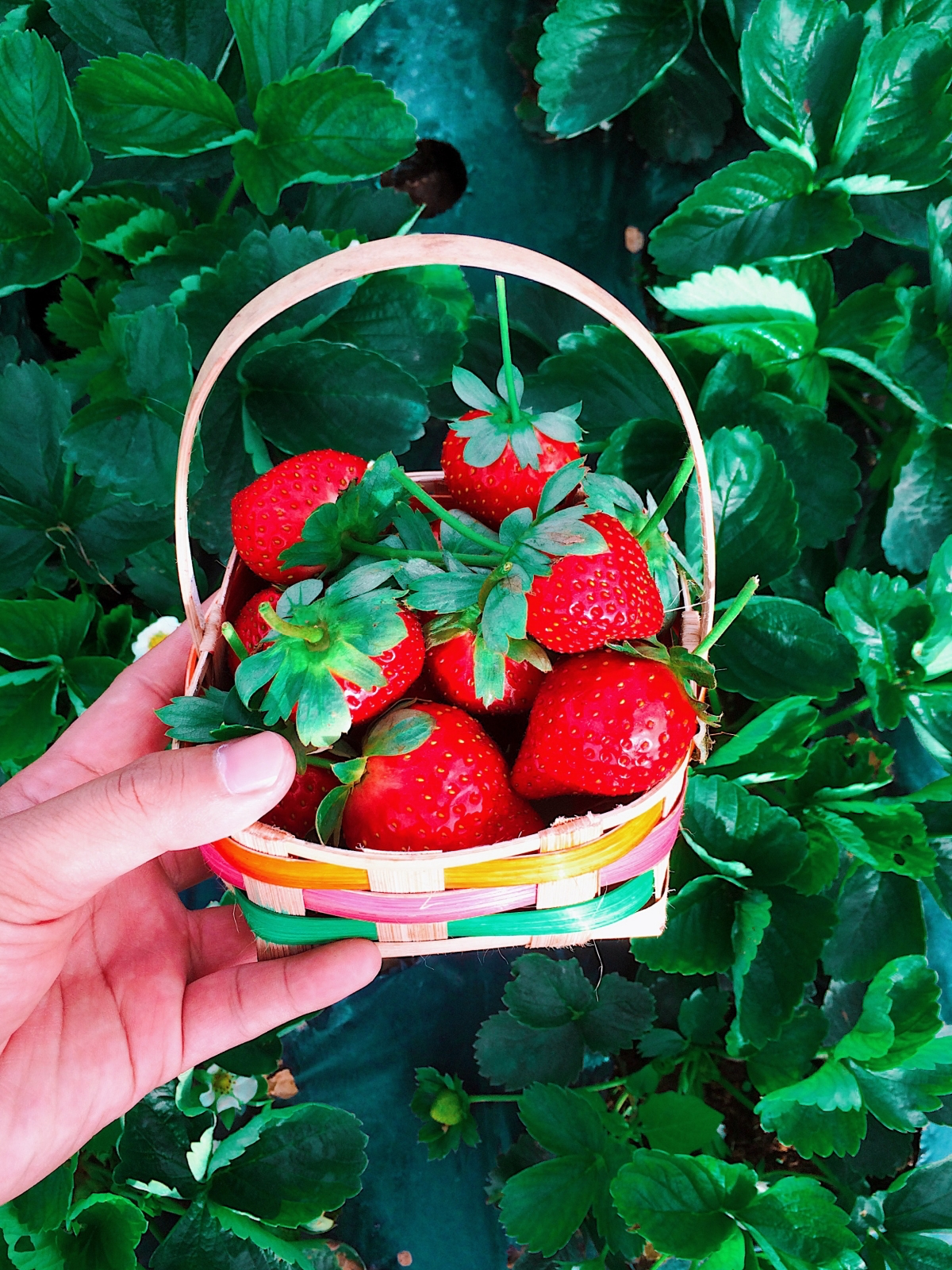
Touch & Weight: A ripe fruit should always feel heavy for its size. That weight means it’s dense with juice and sugar. When you press a fruit, be gentle! A ripe peach or pear should have a slight give, but it shouldn’t feel soft or squishy. Practice makes perfect here.
Sound: This one is mainly for melons. A good thump on a watermelon should produce a deep, hollow sound. It’s a sound of resonance. An underripe melon will sound dull and high-pitched because the flesh is too dense.
A Deep Dive Into the Produce Aisle
Alright, let’s put this into practice with some of the most common fruits you’ll find.
Apples
Apples won’t get sweeter at home, so what you pick is what you get. Look for firm, heavy apples with tight skin. Don’t stress about a perfect shine; some of the best-tasting apples from local orchards have a duller look. A common mistake is judging by color alone. Instead, press gently—there should be absolutely no give. Any softness means it’s already on its way to becoming mealy.
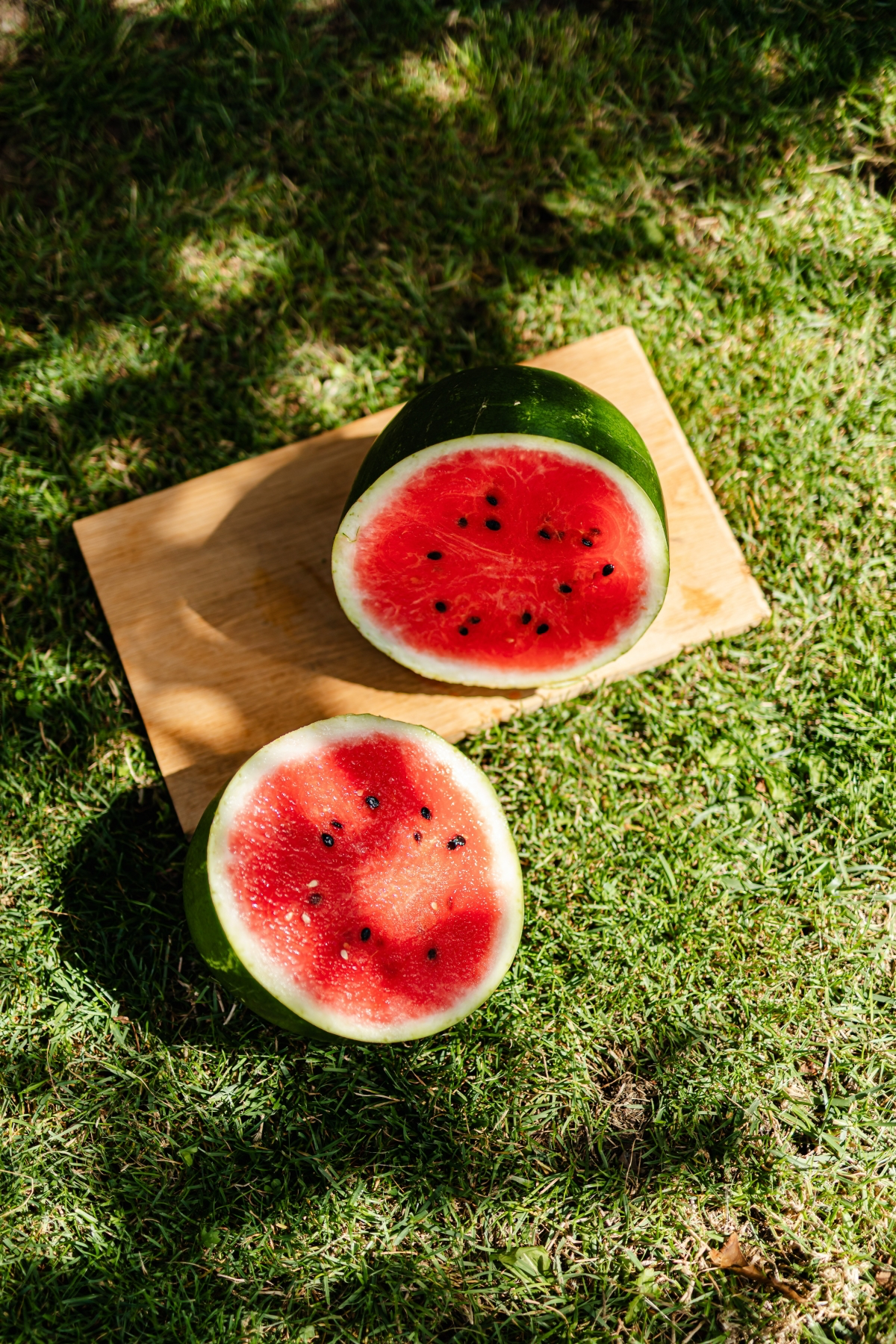
Good to know: Apples consistently show up on the “Dirty Dozen” list for pesticide residue. You can easily find the latest list by searching for the Environmental Working Group online. I always recommend washing apples thoroughly, and if it fits your budget, going organic is a solid choice here. A bag of conventional apples might be $3-$4, while organic can be closer to $5-$7.
Avocados
Ah, the avocado. It’s always picked hard and has to be ripened at home. Buying one is an act of future planning. The real test is touch. Don’t squeeze the body of the avocado, as that just bruises the fruit for the next person. Instead, hold it in your palm and gently press the little area near the stem. Rock hard? It needs a few days. If it yields to gentle pressure, it’s ready to eat tonight. Mushy? It’s overripe.
A lesser-known trick: Flick off the little brown cap at the stem. If it’s bright green underneath, you’ve got a good one. If it’s brown, the inside is likely spotty.
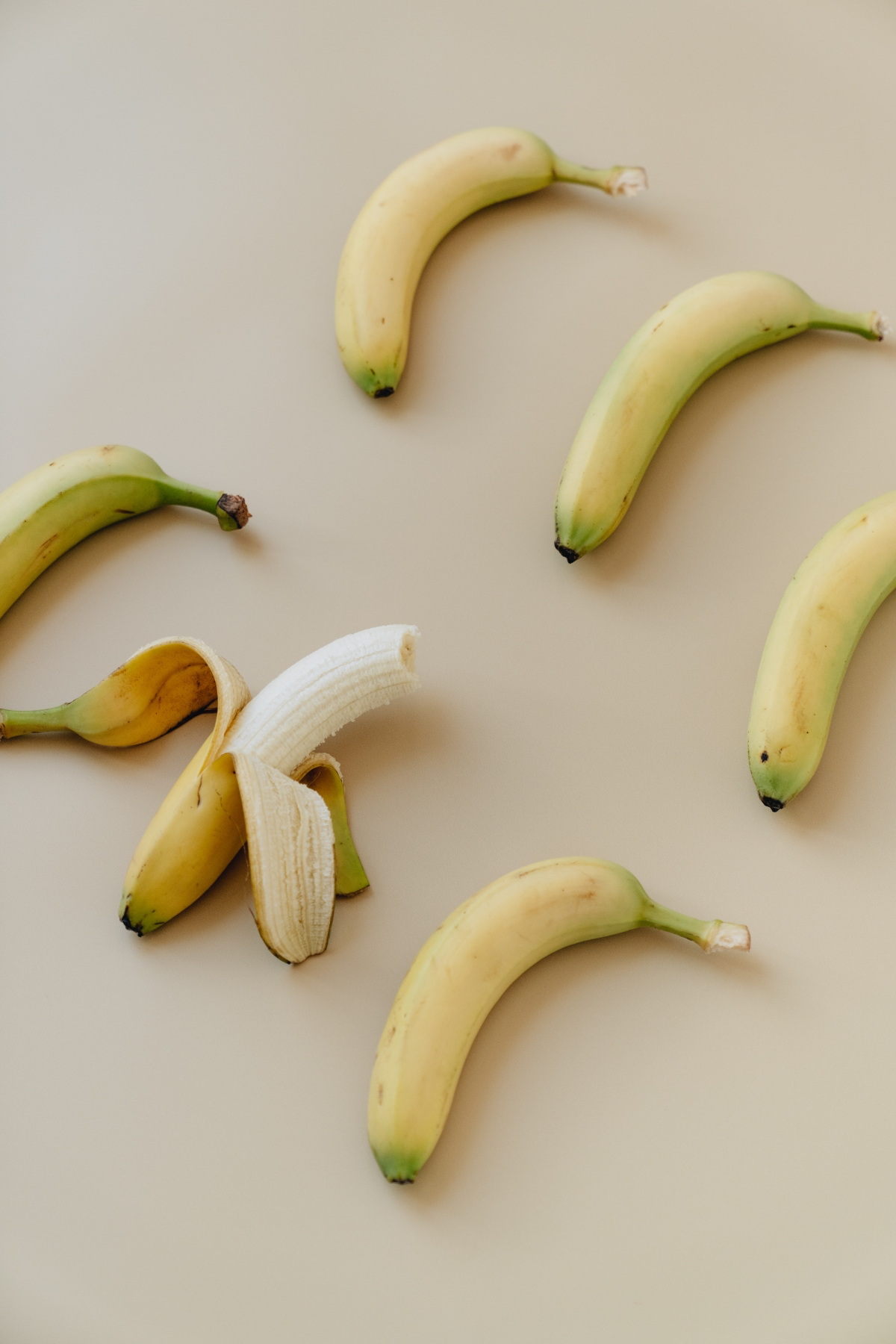
Need it ripe ASAP? A rock-hard green avocado can take 4-7 days on the counter. To speed things up, place it in a paper bag with a banana. The extra ethylene from the banana will have it ready in just 2-3 days.
Berries (Strawberries, Blueberries, Raspberries)
Berries don’t ripen after picking, and they are incredibly fragile. Your best friend here is your nose—a container of good strawberries will smell sweet. Next, carefully inspect the plastic clamshell from ALL angles, especially the bottom. A single moldy berry or a stain from juice means the whole batch is about to turn.
Quick tip: Don’t wash your berries until right before you eat them. Moisture is the enemy and will invite mold to the party. To make them last a bit longer, you can move them to a new container lined with a paper towel to wick away any dampness.
Plums & Cherries
For both, look for deep color and firm, plump fruit. With cherries, a fresh, green stem is a great sign of freshness. If the stem is brown and shriveled, the cherry is old.
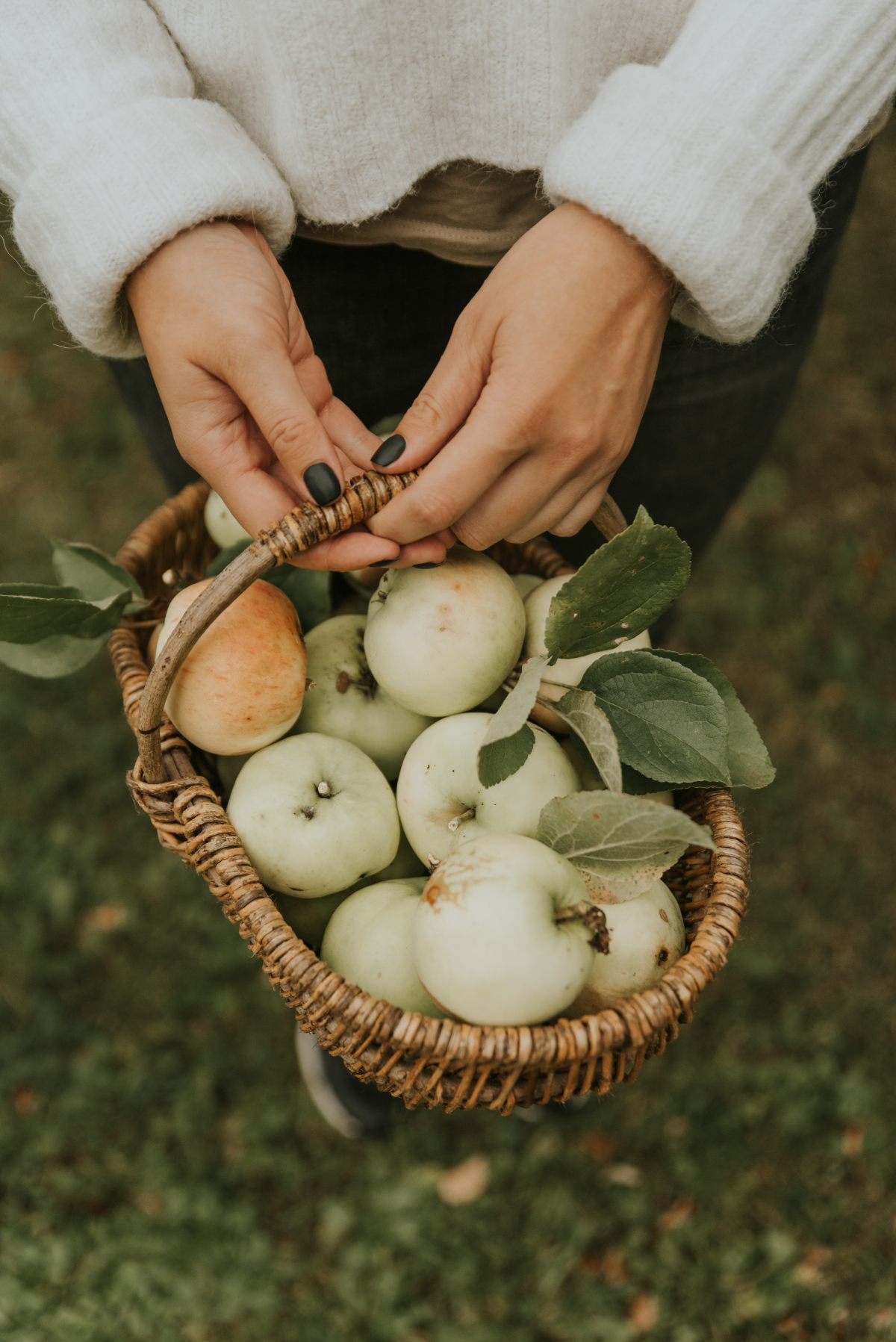
Did you know? For plums, that dusty, whitish film on the skin is a good thing! It’s called the “bloom,” and it’s a natural waxy coating the fruit produces to protect itself. It shows the plums are fresh and haven’t been over-handled.
Melons (Cantaloupe & Watermelon)
Cantaloupe should have a raised, thick netting over a tan or yellowish background (not green!). The stem end should be smooth and indented, like an outie belly button, which means it slipped right off the vine when it was ready. And it should smell musky and sweet.
For watermelon, look for a creamy yellow “field spot” on its underside where it rested on the ground. A white spot means it was picked too soon. And don’t forget the thump test for that deep, hollow sound.
Heads up! I’m always cautious with pre-cut melons. The risk of bacterial contamination is much higher once the flesh is exposed. If you do buy it, make sure it’s very cold and eat it that day.
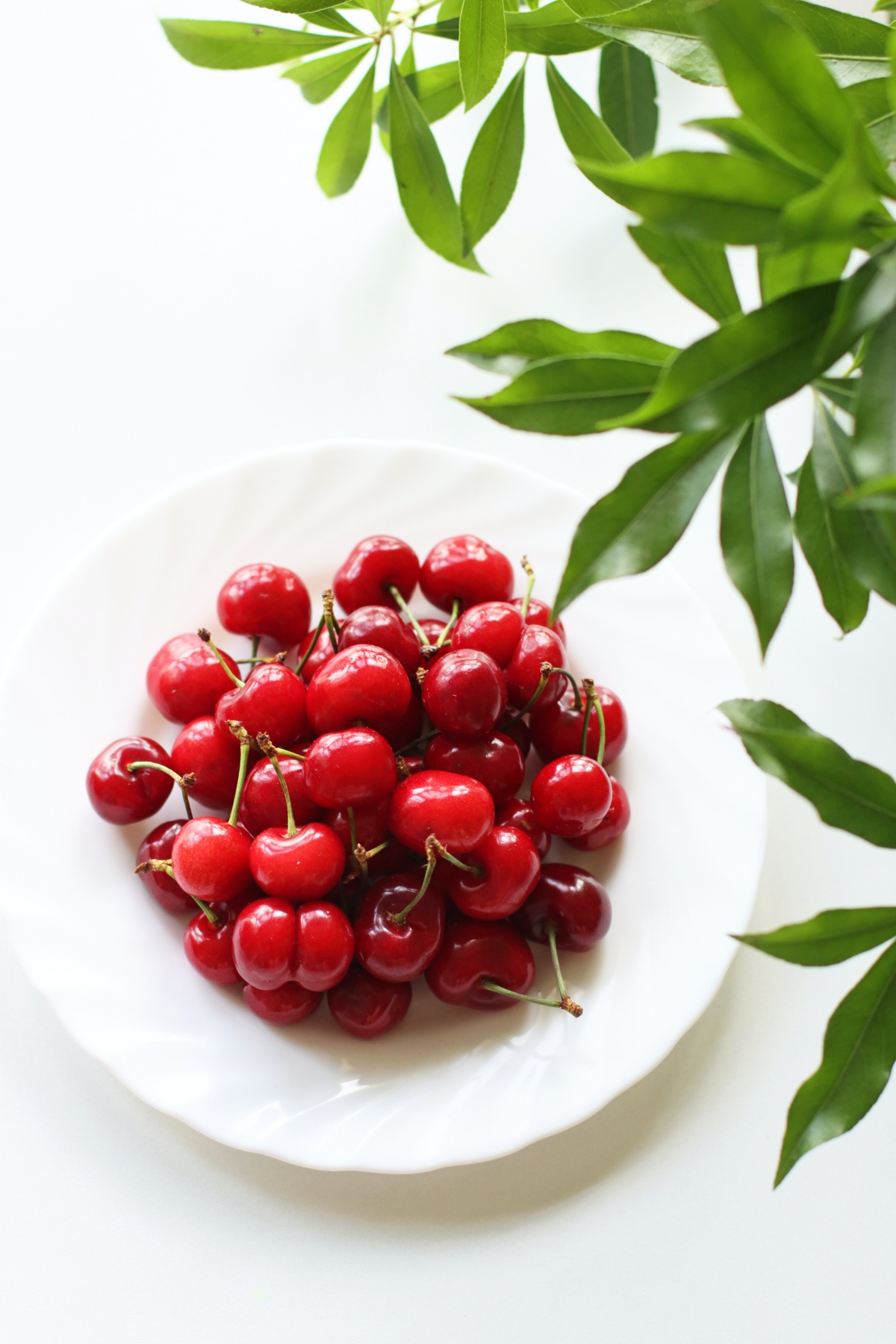
What About Storing and Salvaging?
Keeping Fruit Fresh
Okay, you brought home perfect fruit. Now what? Proper storage is key.
- On the Counter: Bananas, whole melons, and anything you’re actively ripening (avocados, peaches, pears).
- In the Fridge: Berries, cherries, grapes, and any fruit that has hit peak ripeness but you’re not ready to eat yet.
- For Cut Fruit: This is a big one. To save the other half of an avocado, leave the pit in, brush the green flesh with a little lemon or lime juice, and wrap it tightly in plastic wrap. The same citrus trick works for sliced apples. For a half-eaten melon, just wrap the cut surface tightly with plastic wrap and get it in the fridge.
When You Pick a Dud (It Happens!)
Even the pros get it wrong sometimes. Don’t just toss that imperfect fruit.
- Underripe & Mealy? If you have a peach or pear that’s just bland, cook it! Heat concentrates its natural sugars. Here’s a super easy recipe: Slice ’em up, toss with a teaspoon of brown sugar and a pinch of cinnamon, then roast at 400°F (200°C) for about 15 minutes. It’s an amazing dessert.
- Overripe & Mushy? These are perfect for smoothies, sauces, or baking. Mash up those super-soft berries or brown bananas and freeze them in an ice cube tray for later.
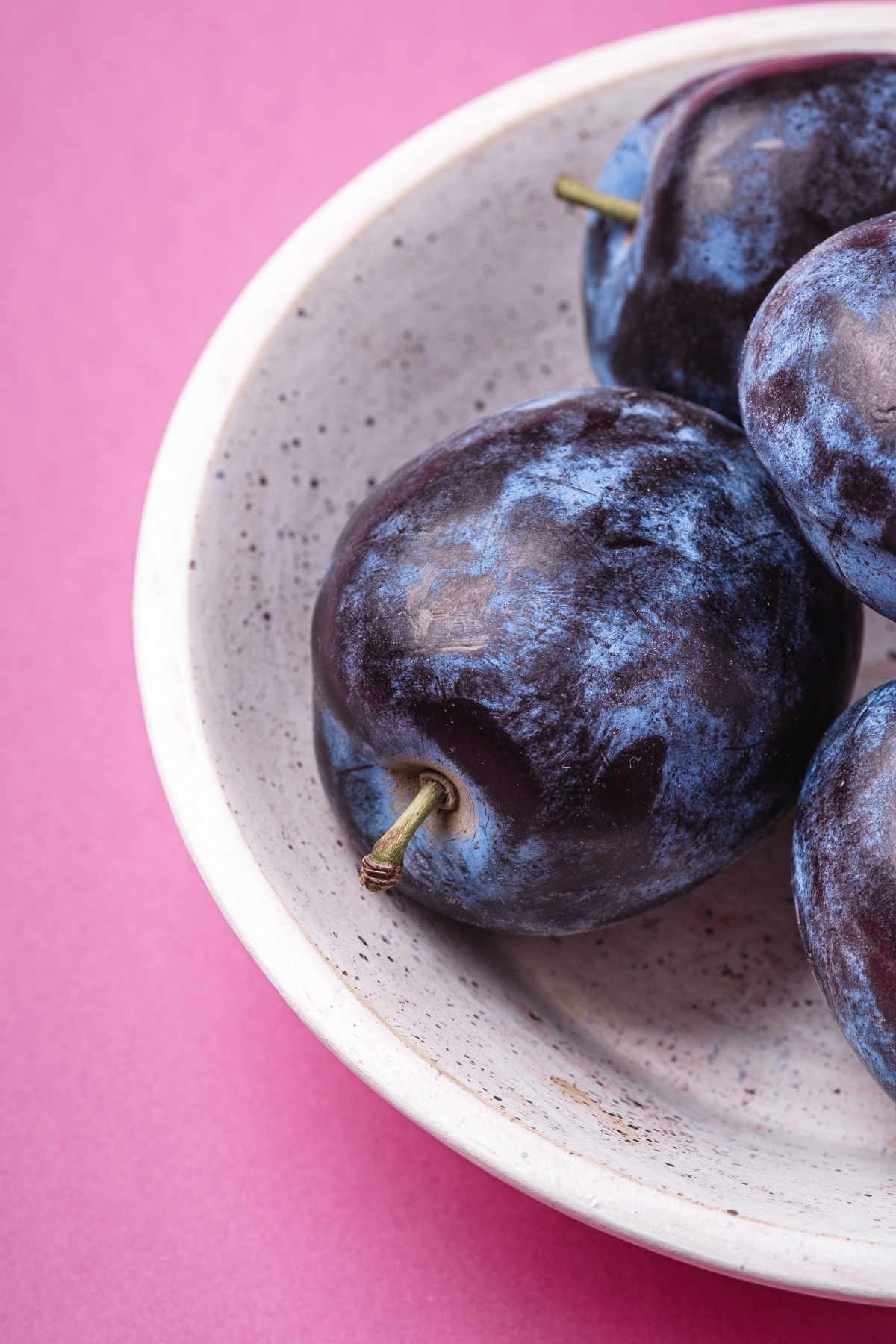
Your Turn to Be the Pro
Learning to choose fruit is a skill, not a science you master overnight. You’ll build an instinct for it over time. Pay attention, trust your senses, and don’t be discouraged by a sour strawberry here and there—it’s just part of the learning process.
Here’s a little challenge for you: Next time you’re at the store, buy one perfectly ripe avocado and one that’s rock-hard. Use the paper bag trick on the hard one and see if you can coax it to that perfect creamy stage. It’s a small experiment that will teach you a ton. Happy picking!
Galerie d’inspiration
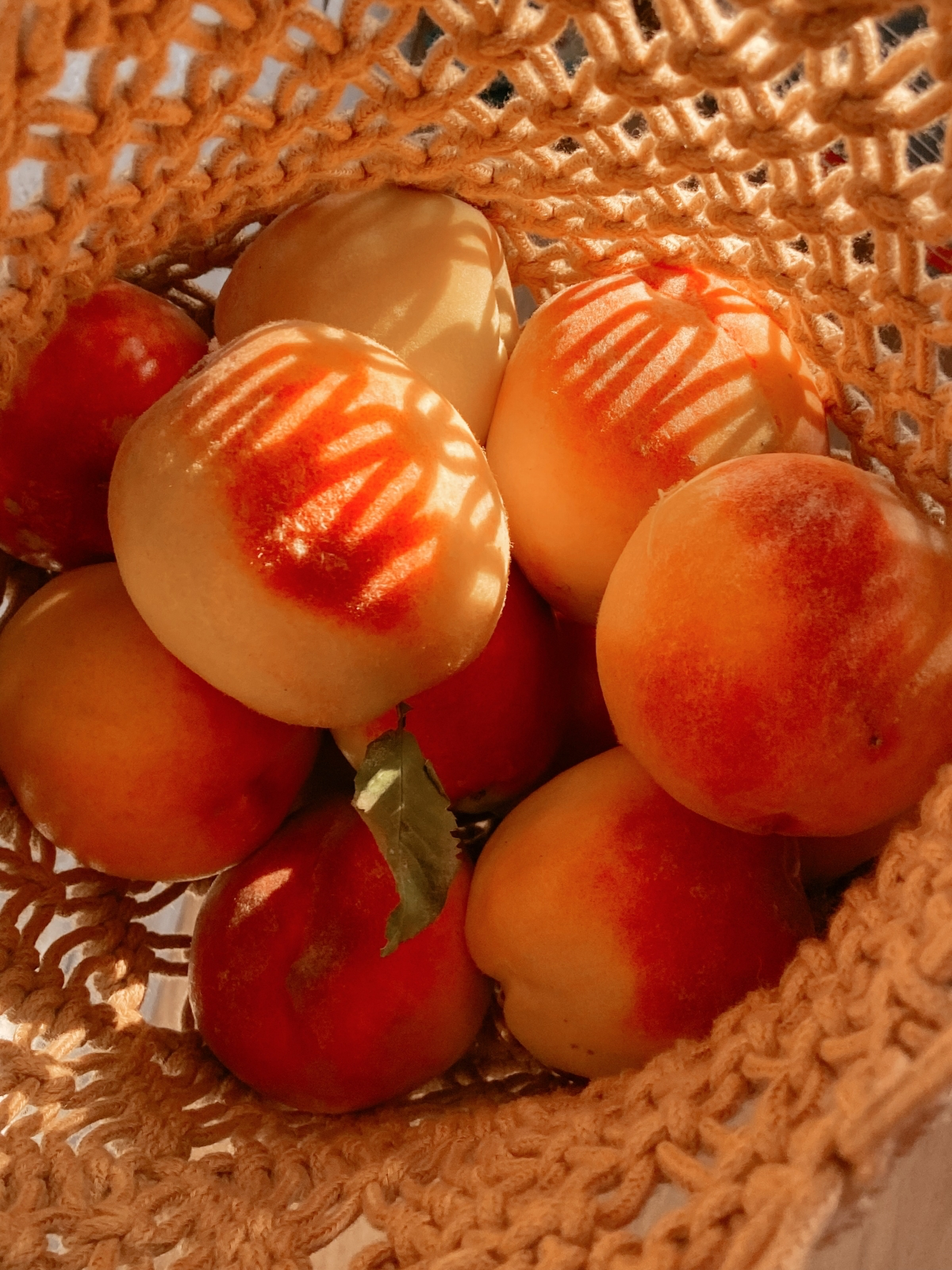
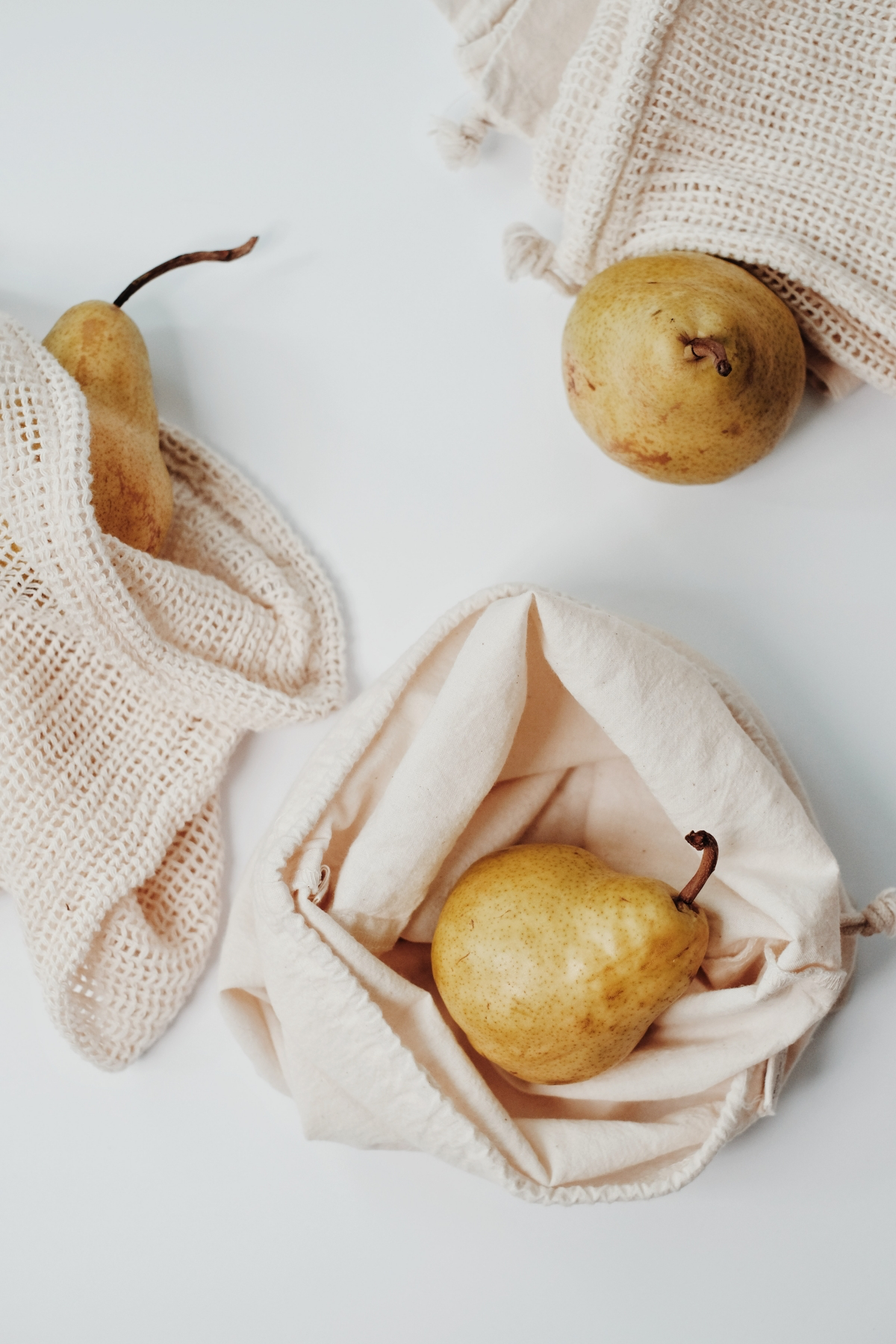
When selecting stone fruits like peaches, plums, or nectarines, many people gently squeeze the whole fruit. A better way is the ‘shoulder check’.
- Apply gentle pressure with your thumb right near the stem.
- You’re looking for a slight give, not a soft spot.
This area ripens last, so if it has a bit of softness, you can be sure the rest of the fruit is perfectly ready to eat.
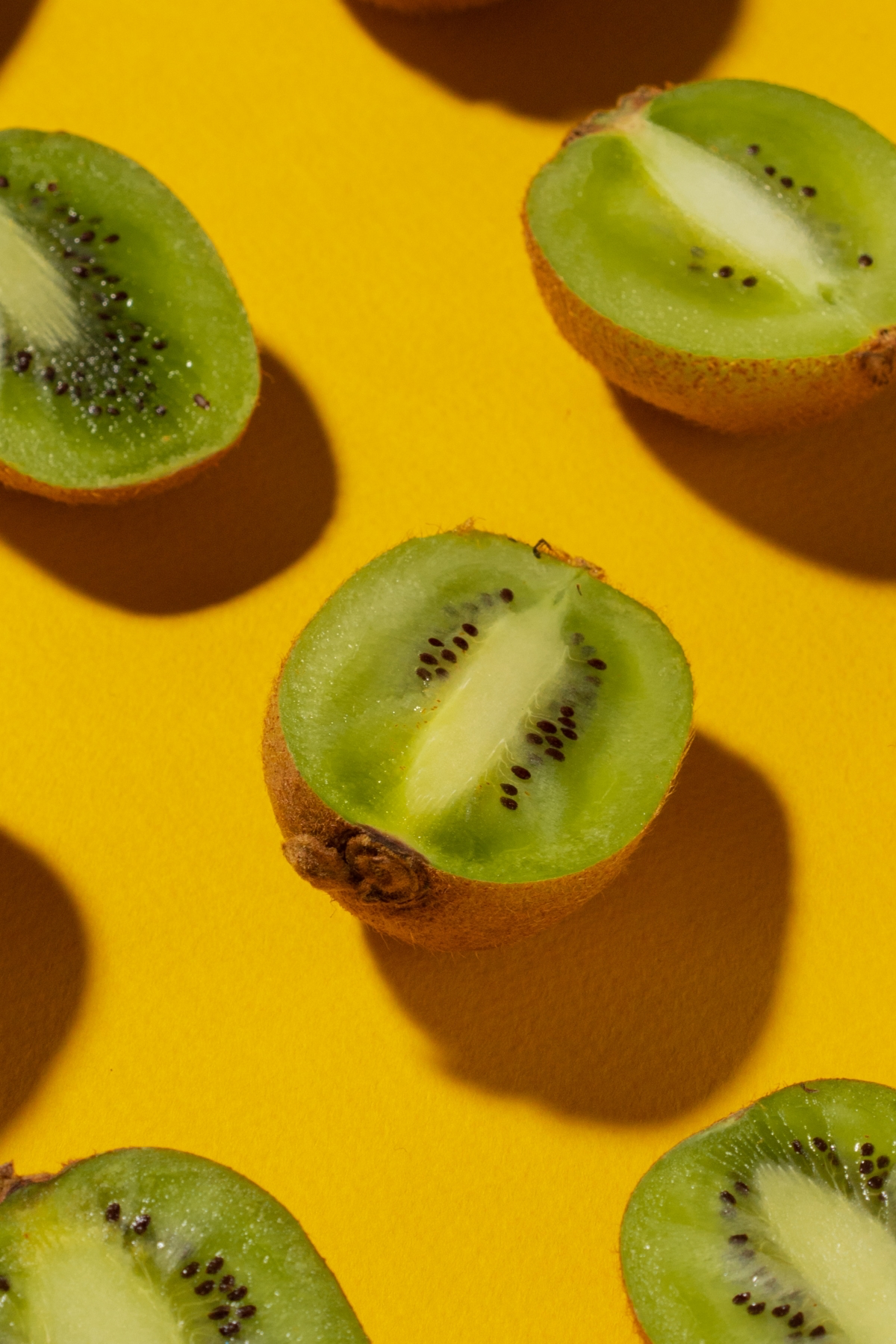
Did you know that commercial growers measure a fruit’s sweetness using a scale called Brix? A premium table grape might register over 18°Bx, while a bland one could be under 14°Bx.
While you can’t carry a refractometer to the market, you can look for signs that hint at high sugar content. For grapes, check for golden-yellow stems and a healthy, silvery bloom on the fruit’s skin. These are often hallmarks of a sweet, carefully grown bunch.
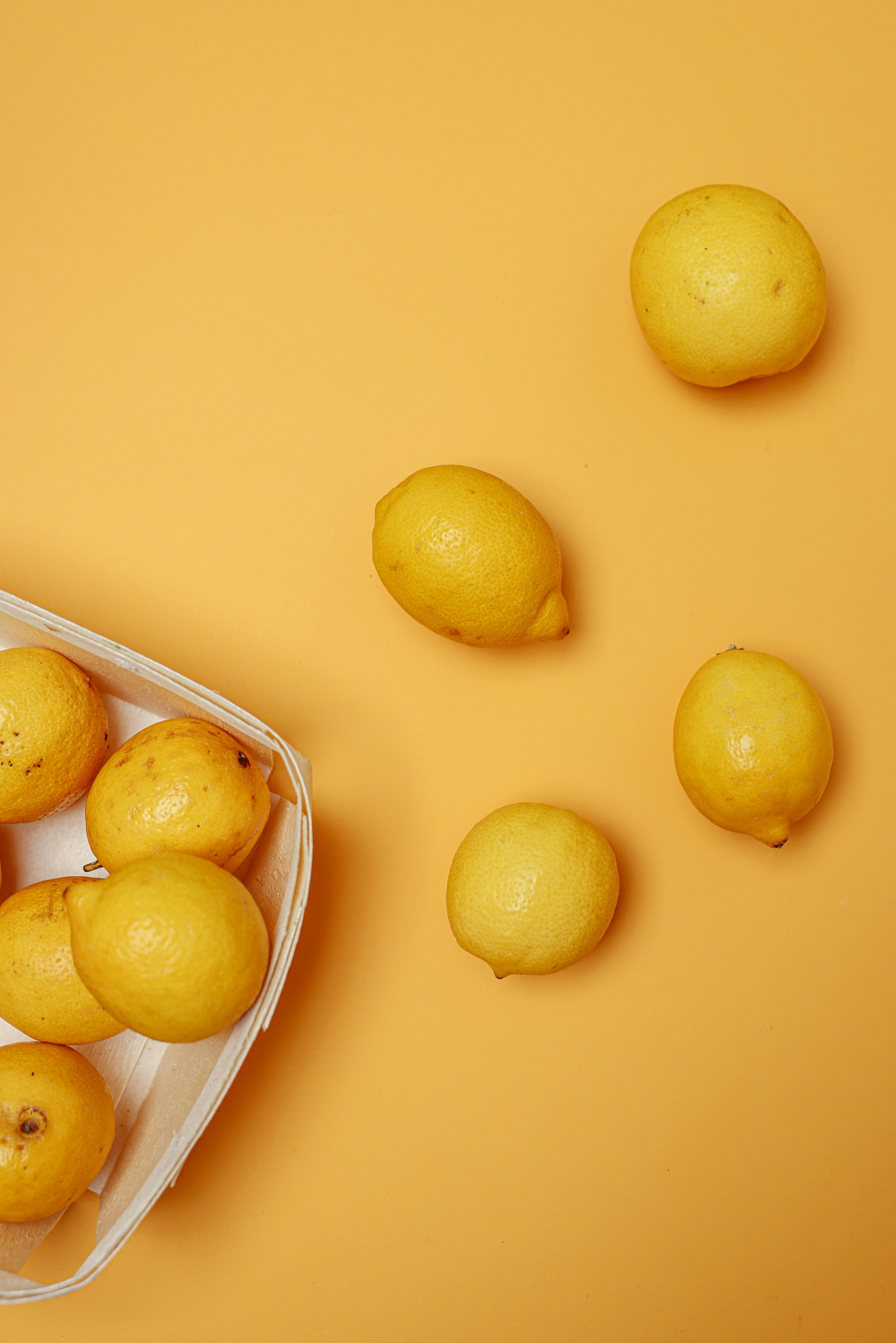
Can you really tell ripeness by pulling a leaf from a pineapple?
This is a common myth that’s not very reliable. A leaf might pull out easily from an underripe or overripe pineapple. A far better indicator is your nose. A ripe pineapple, especially a variety like the extra-sweet ‘Maui Gold’, will have a distinct, sweet, and tropical fragrance at its base. If it smells fermented or has no scent at all, it’s best to choose another.
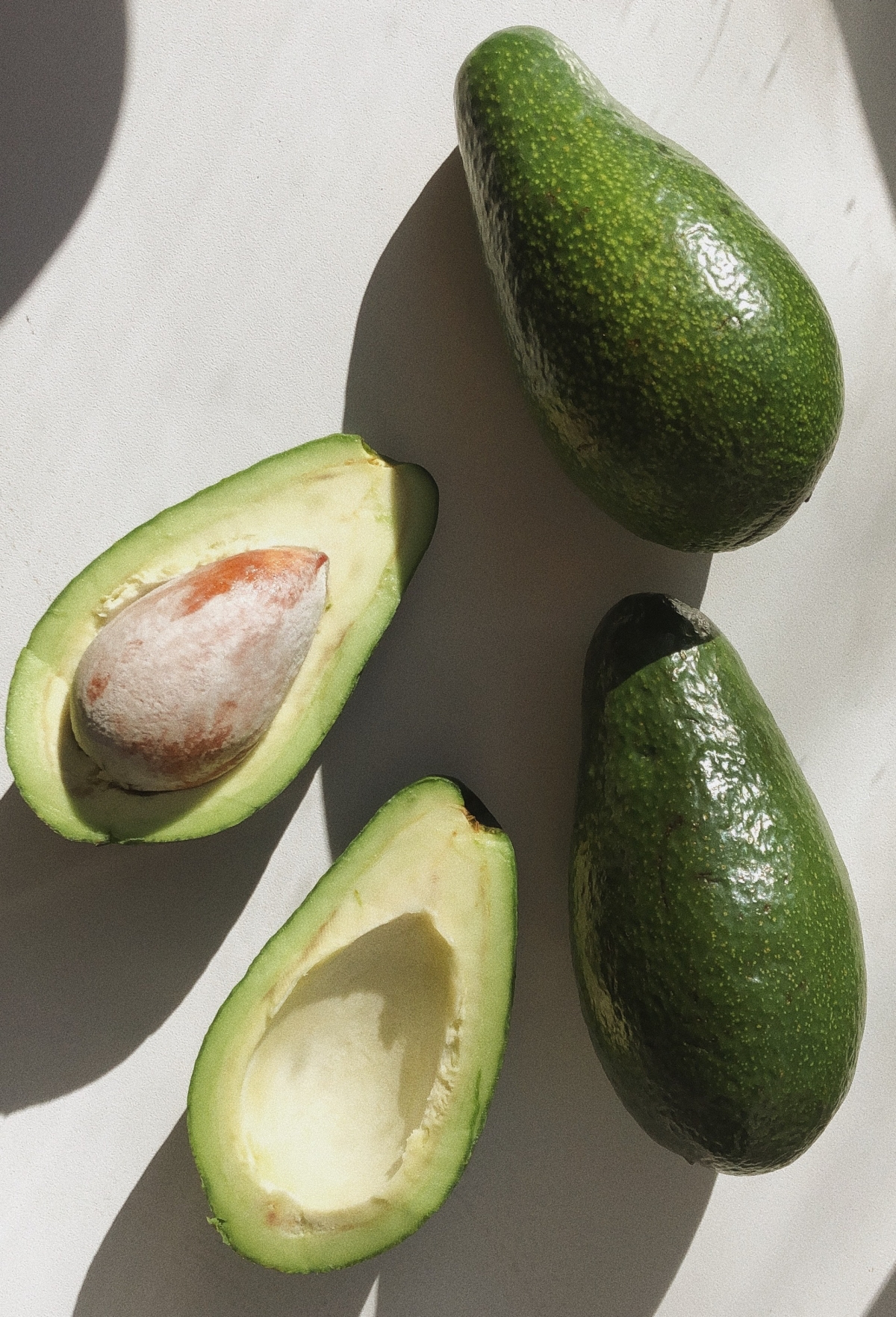
The Paper Bag Trick, Amplified: To speed up the ripening of fruits like avocados, pears, or hard peaches, place them in a paper bag to trap the ethylene gas they naturally release. For even faster results, add a banana or an apple to the bag. These fruits are ethylene powerhouses and will create a perfect ripening chamber, often cutting the time needed by a day or two.
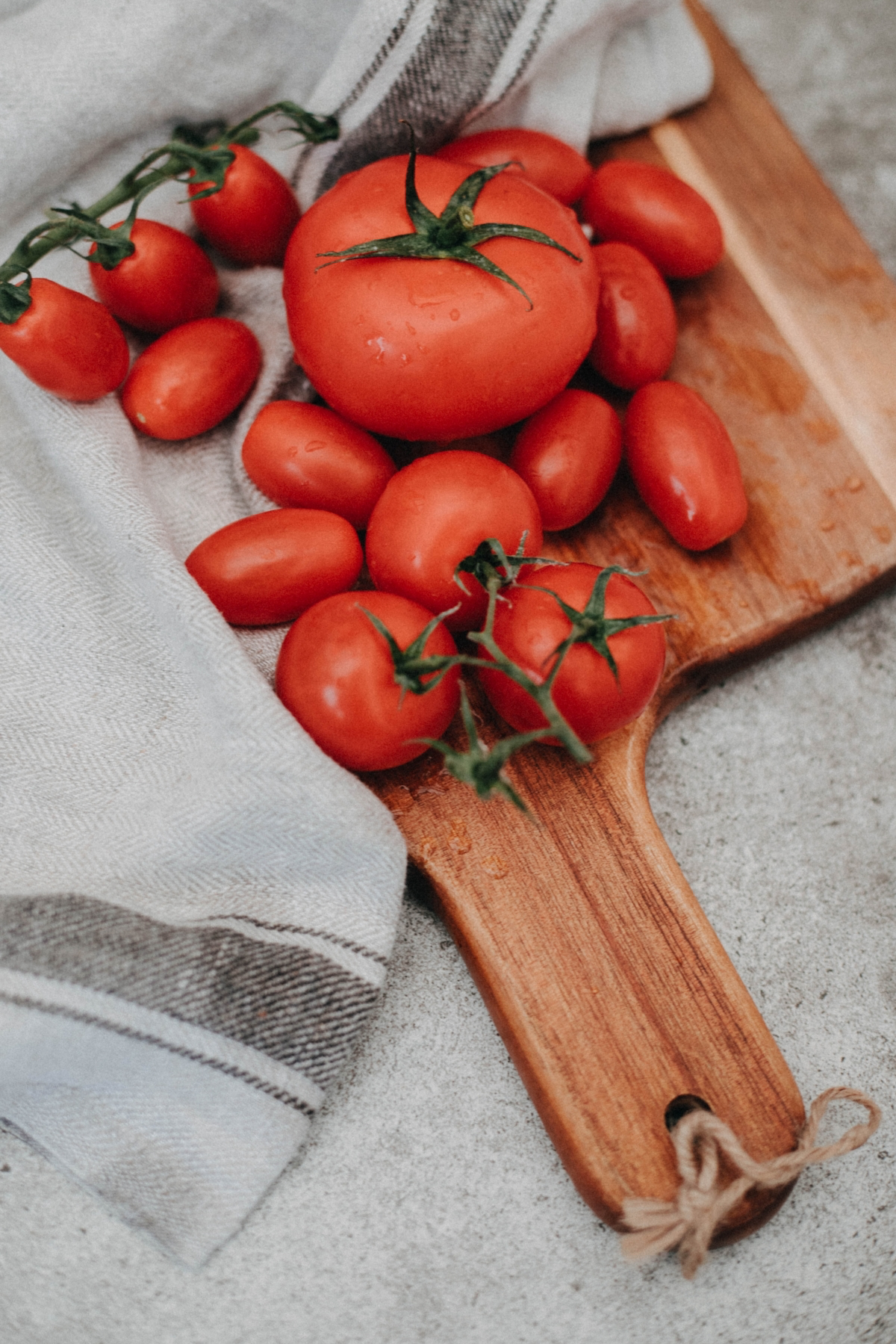
Conventional Pick: Look for visual perfection. Uniform color and a flawless skin are key, as these have often been bred for appearance and durability.
Organic Pick: Be more forgiving. A small blemish, slight discoloration, or an irregular shape on an organic apple or pear often has zero impact on its superior flavor. Focus on firmness and aroma instead of cosmetic perfection.
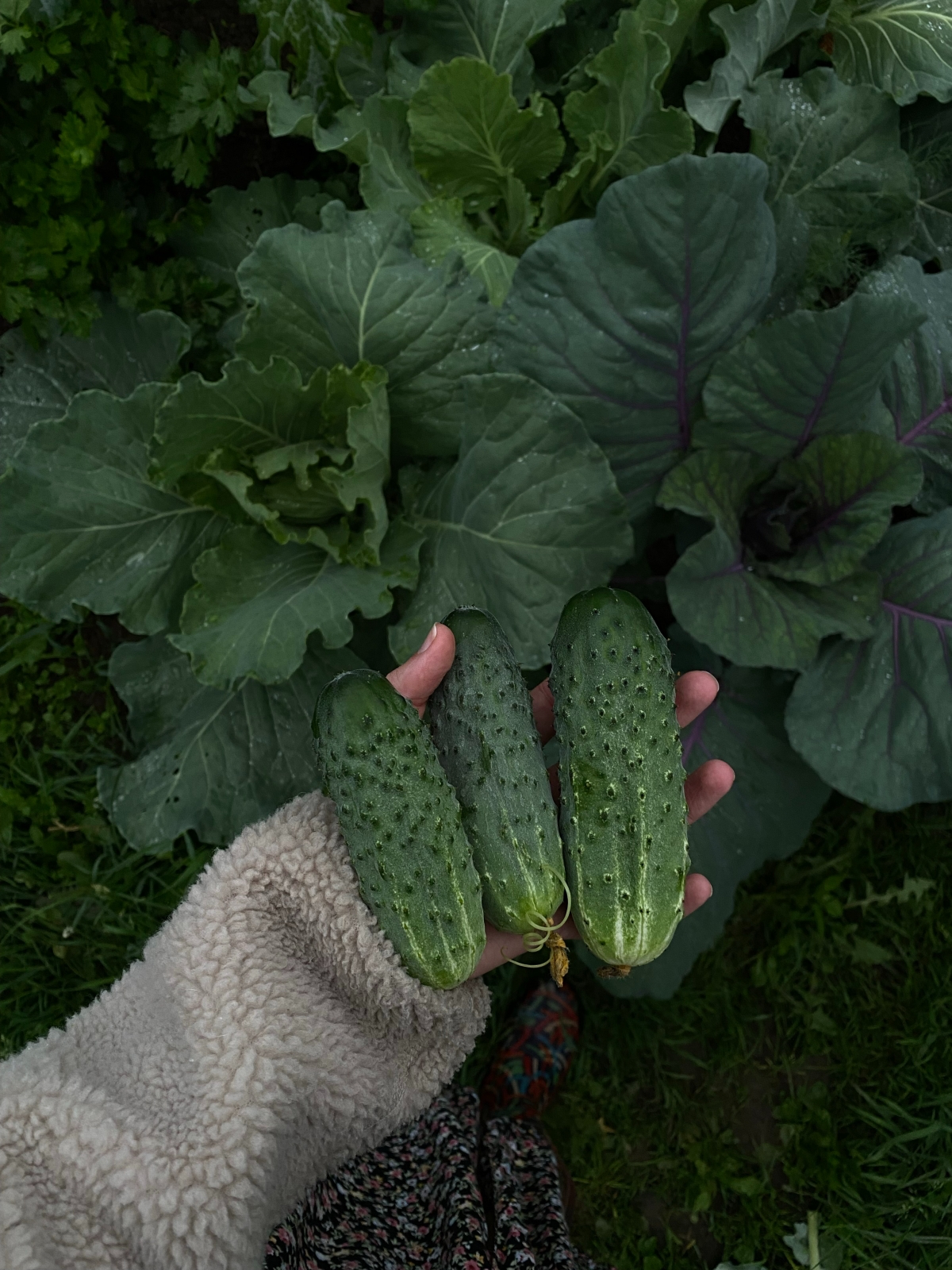
- Denser, more flavorful melons.
- Juicier oranges and lemons.
- Crisper, more satisfying apples.
The secret is simple: always choose the fruit that feels heaviest for its size. This heft is a direct sign of high water content, which almost always translates to better texture and a more vibrant taste. Compare two similar-sized grapefruits, and the heavier one will nearly always be the winner.
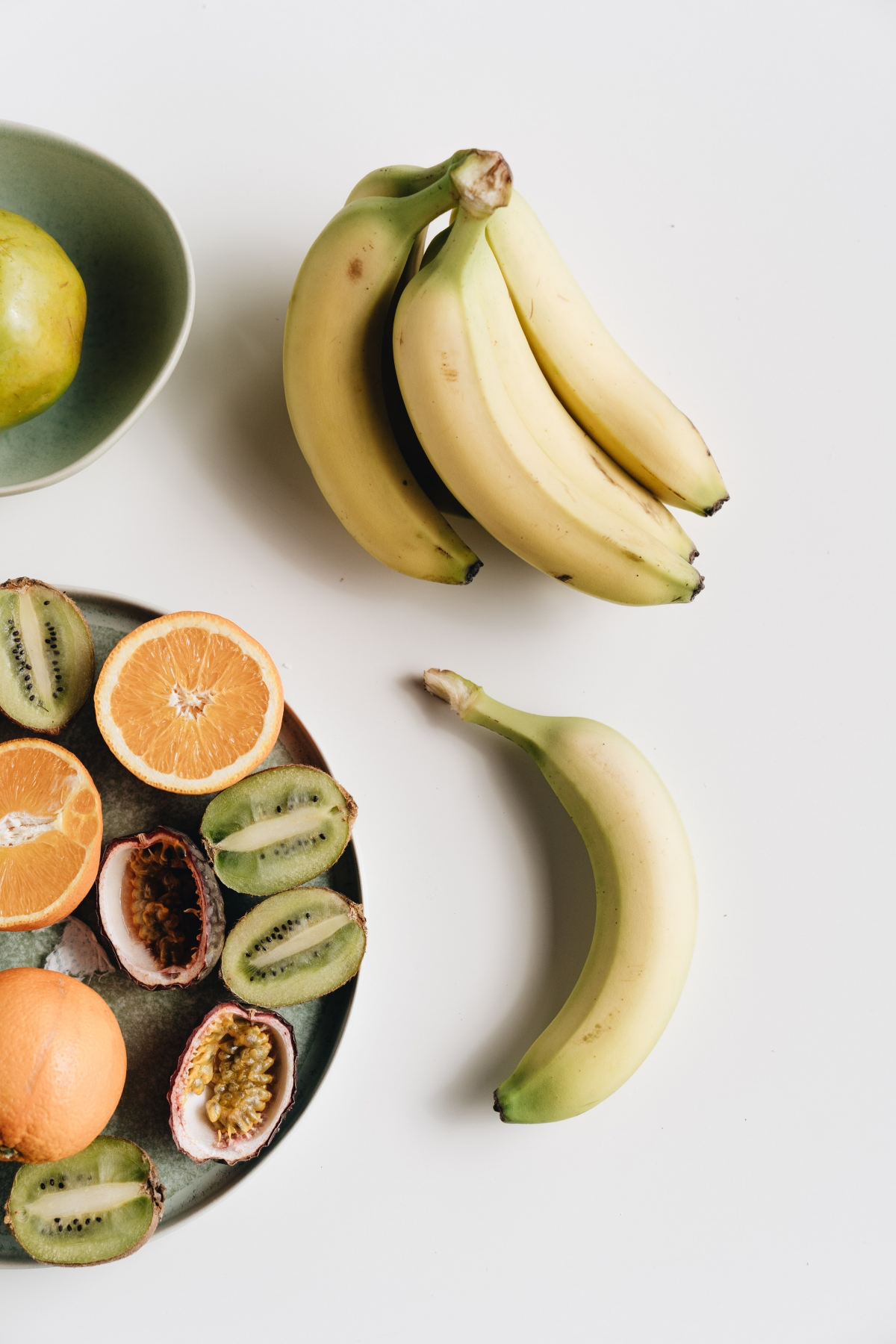
Don’t shy away from the ‘ugly’ fruit bin. The rise of services like Misfits Market and Imperfect Foods highlights a delicious truth: cosmetic flaws rarely affect flavor. A misshapen strawberry or a scarred apple is often just as sweet as its picture-perfect counterpart, but at a fraction of the cost. It’s a savvy choice for your wallet and a great way to combat food waste.
In Japan, a single premium melon, like the Yubari King, can be auctioned for thousands of dollars. They are cultivated not just for taste, but for perfect shape, netting, and aroma, often given as highly respected gifts.










